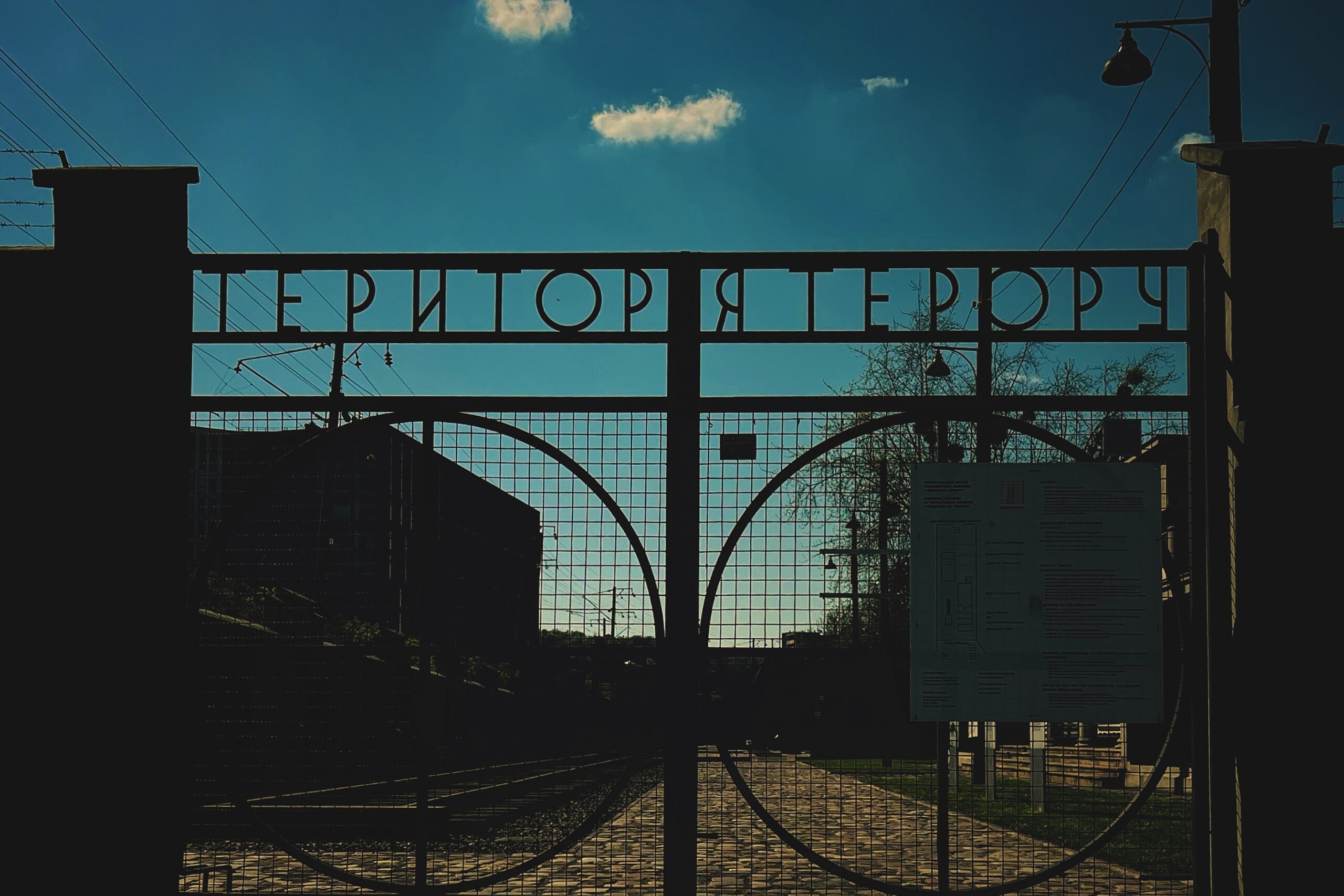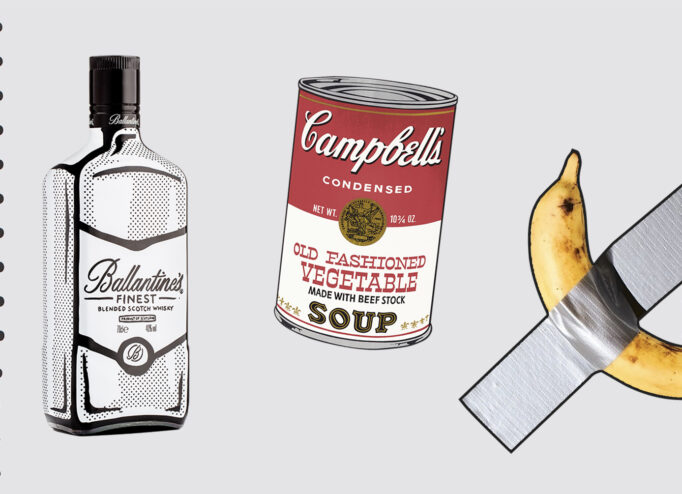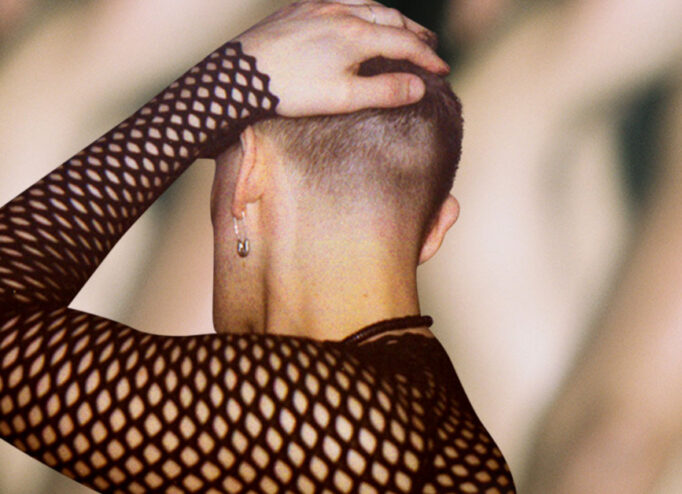The theme of the Holocaust is usually associated with the concentration camps organized by the Nazis in occupied Poland. The most famous one, Auschwitz-Birkenau, became a certain symbol of Operation Reinhard, the Nazi plan to exterminate the Jewish population.
However, there were also concentration camps on the territory of modern Ukraine, e.g. Janowska. The history of this place can be found in the memorial museum of totalitarian regimes ‘Territory of Terror’, which is located on the site of the former Lviv ghetto, from where prisoners were also sent to the Janowska camp.
On the eve of the International Holocaust Remembrance Day (January 27), DTF Magazine spoke with the team of the ‘Territory of Terror’ museum. Museum director Olha Honchar and researcher and candidate of science (history) Yuliya Artymyshyn talked about the problems of Holocaust research in Ukraine, Ukrainian righteous among the nations and russian propaganda promoting the thesis of Ukrainians as collaborators of the Third Reich
ABOUT THE FEATURES OF THE EXHIBITION OF THE ‘TERRITORY OF TERROR’ MUSEUM
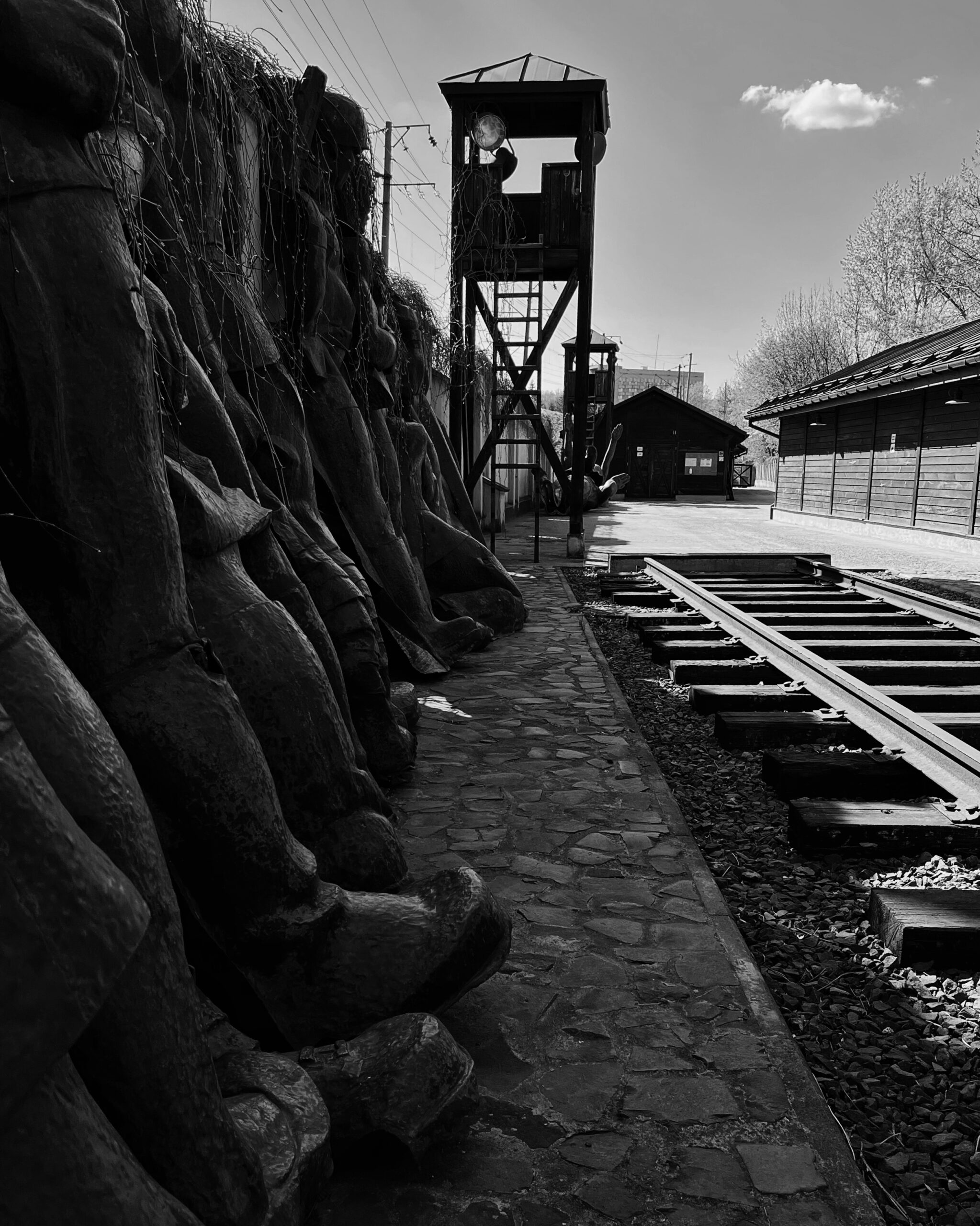
The idea to create the ‘Territory of Terror’ museum appeared in 2009, and at that time the previous team started collecting oral historical testimonies for the basis of the exposition. According to Olha Honchar, these were testimonies of Lviv residents and residents of western regions of Ukraine who had experience of repressions, persecutions and deportations.
In 2017, when the complex was completed and she became the head of the museum, they continued working on the main exhibition. The museum team took an unconventional path for memorial museums, inviting theater director and current servicewoman Olena Apchel to form the concept of the exhibition.
Historian Yuliya Artymyshyn defines ‘Territory of Terror’ as a place of memory, because the museum is located on the territory of the Lviv ghetto and prison № 25, which, in fact, determined the basis of the exhibition, in which there is a layering of two totalitarian regimes.
There are railroad tracks next to the museum that recall the deportations that were carried out both by the Nazi regime — to death camps in Nazi Germany and occupied Poland — and by the Soviet regime — to Central Asia and Siberia.
‘It adds a kind of emotional charge to the exhibition, to the visitors and, of course, to us’, Olha says.
‘When there are difficult themes, we often forget the everyday cross-section and usually see suffering or heroism rather than the person, — the historian explains. — But the last room, with photos on subjects ranging from vacations to celebrations, shows that people lived their lives as best they could even under such difficult circumstances’.
HOW THE ‘TERRITORY OF TERROR’ MUSEUM TELLS ABOUT THE HOLOCAUST
— One of the museum’s exhibits is dedicated to the composition ‘Tango of Death’, which was performed by prisoners of the Janowska forced labor camp during executions. What is the story behind this composition?
Yuliia: This is a very interesting story, shrouded in many myths. This orchestra was originally organized by Richard Rokita, a former violinist in a jazz ensemble in Katowice and then deputy commandant of the Janowska forced labor camp.
The orchestra consisted of 30-40 former musicians, members of different bands, if I may say so. It was led by the former director of the Lviv Opera, Jakub Mund, and violinist Leopold Striks. There are different versions of the melodies played by this orchestra before the execution of people and when they were taken ‘for a walk’.
According to one version, it is an interpretation of the tango Plegaria (that’s Spanish for ‘Prayer’), first recorded by Argentine composer Eduardo Bianco in 1926.
In 2019, Oksana Kokh-Maksymenko, daughter of one of the former prisoners of the Janowska camp, Bohdan Kokh, shared her father’s archive, in particular sheet music, with the museum. Using them violinist Andrii Koliada reproduced the melody, which can now be heard in the interactive terminal of the museum. It turned out to be the famous composition Petite Fleur (that’s French for ‘Little Flower’), first recorded by jazz musician Sidney Bechet in 1952. But it is not known when the composition was first performed or what inspired Bechet at the time of its recording. In all likelihood, there was no single version of the melody, and any composition played by the camp orchestra during mass executions was called ‘Tango of Death’.
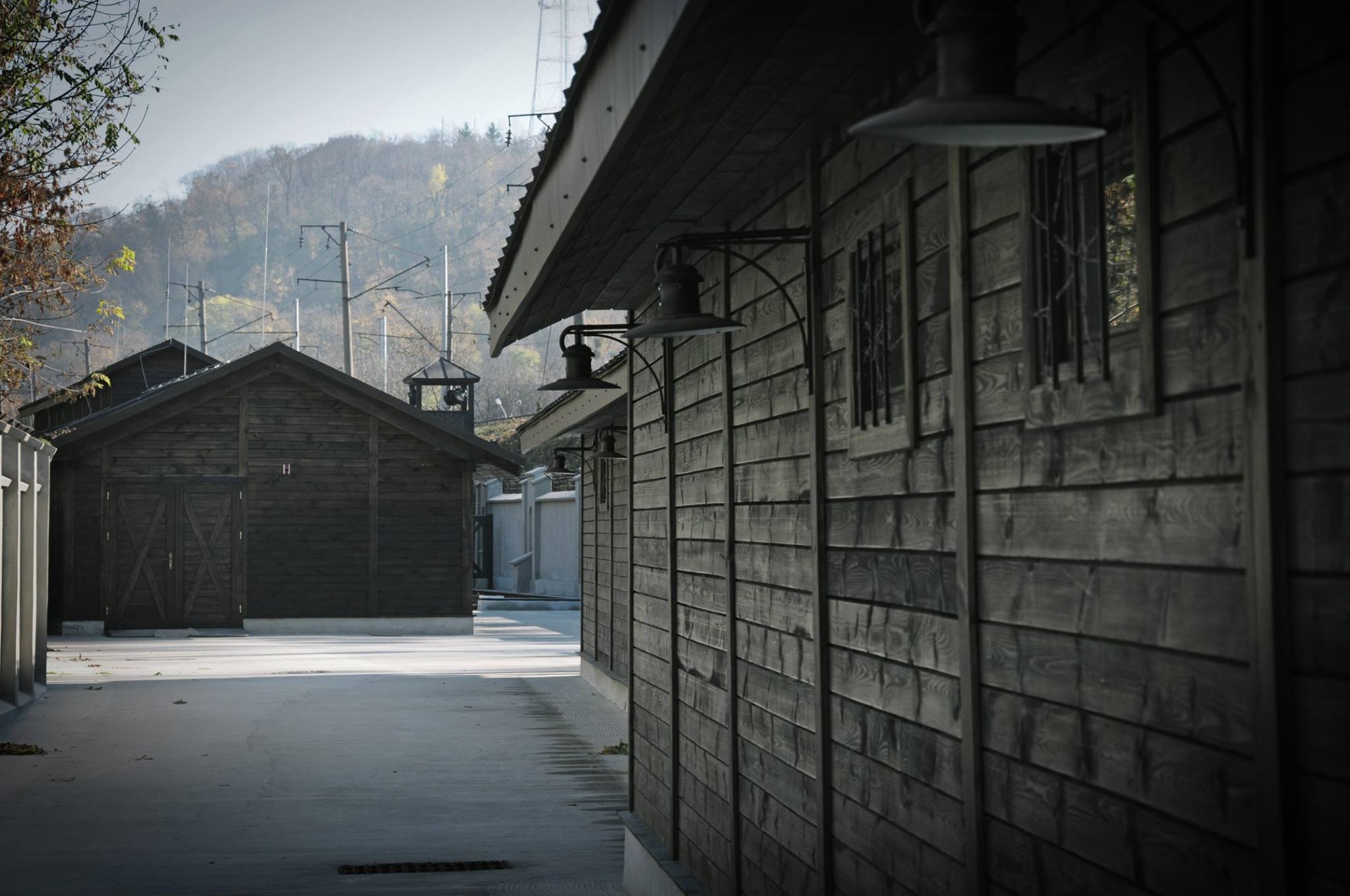
— In 2018, the museum initiated and coordinated a street exhibition with 12 Holocaust sites in Lviv, based on which a virtual tour was created. How do you assess the preservation and promotion of Holocaust commemoration specifically in Lviv? And how is the museum involved in this?
Olha: We supervised two large public programs on the former territory of the Janowska forced labor camp. These are memorial, educational, large international events, when foreign delegations and guests came to Lviv. We also created the exhibition ‘Janowska — Industry of Terror’, which is now part of our main exhibition, and published a catalog.
During the COVID-19 pandemic, when everything was closed, we held various online lectures on the Holocaust and ghettos, for example about hiding Jews in the Lviv sewers. All these lectures are now available on our YouTube channel.
During the full-scale invasion, there was a period when people from the Jewish community left, returned, and at some point most of them were in Lviv. Now our cooperation continues, the museum continues to cooperate with the local community and will definitely hold an event every year at the monument to the victims of the Lviv ghetto, which stands next to the museum.
Last year we presented historian Dariia Pazushenko’s research on the archive of the Rosenthal family who perished in the Lviv ghetto. Jewish art murals were discovered in our office, and it is clear that in the past it was a synagogue.
Therefore, our cooperation with the Jewish community is diverse, but we take into account external circumstances, the security situation and depending on this we adapt to the format: online or offline, big or small event, short or long term exhibitions.
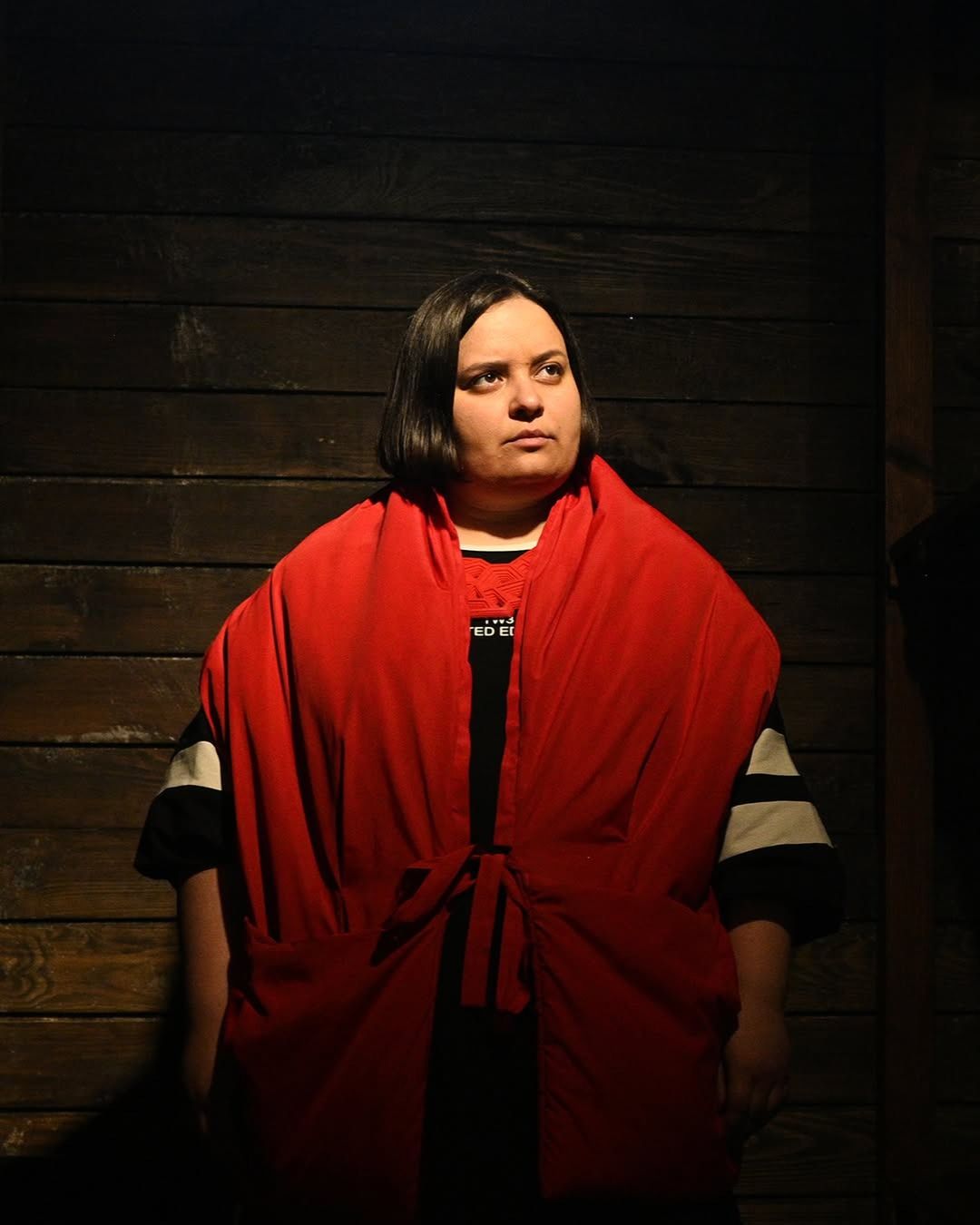
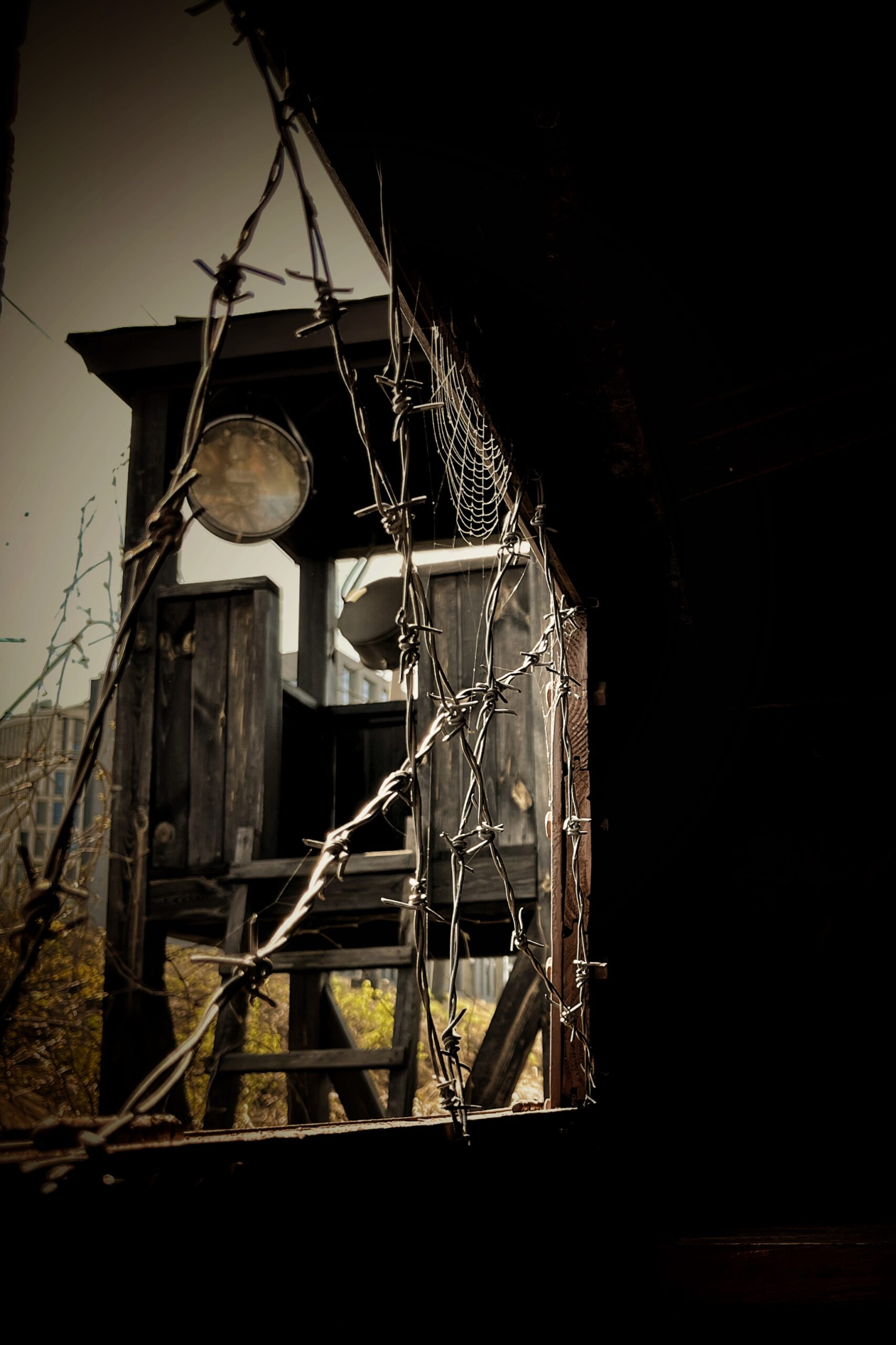
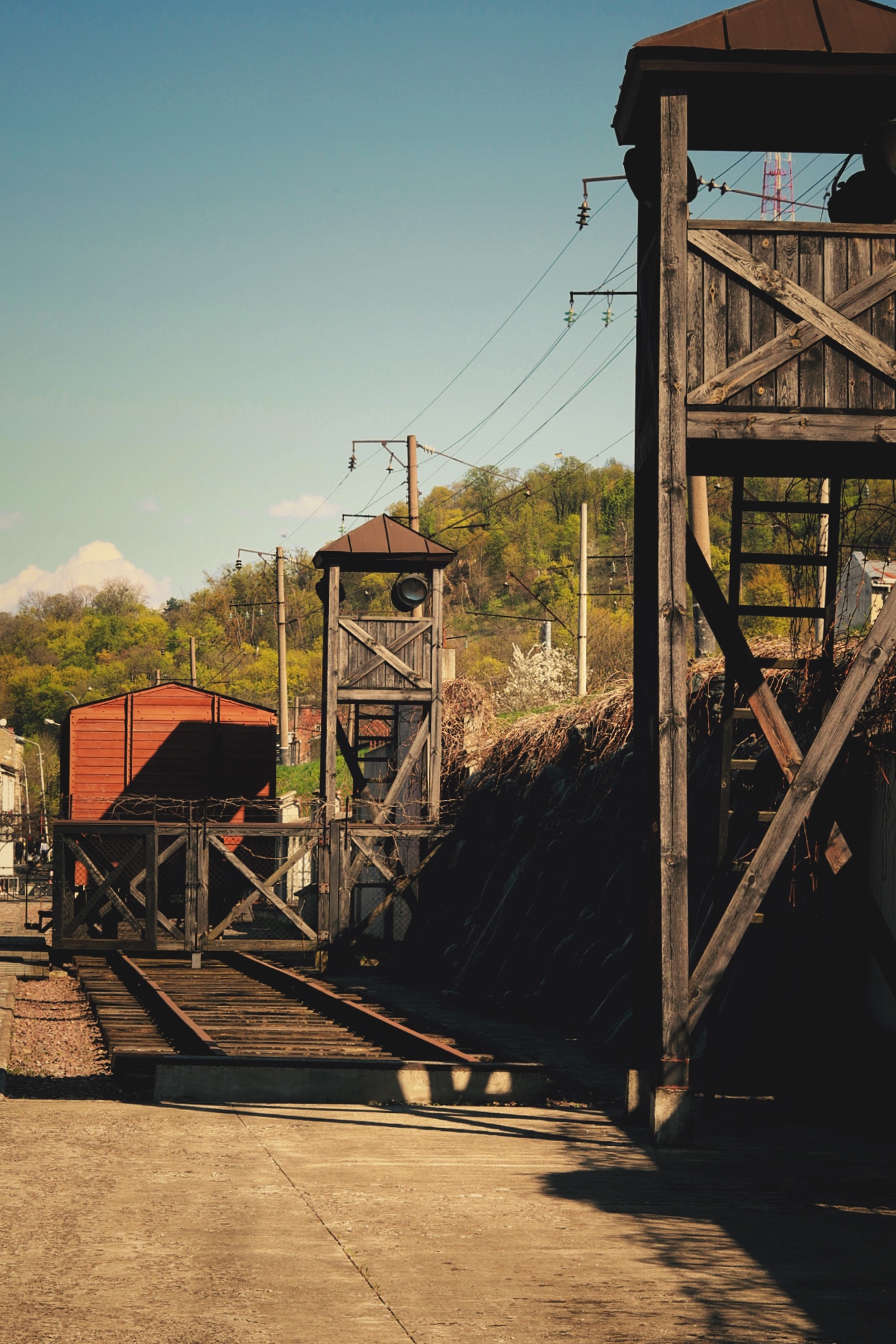
‘THERE ARE INTERNATIONAL INSTITUTIONS IN WHICH PEOPLE ARE INVESTING HUGE AMOUNTS OF MONEY TO TELL OUR STORY INSTEAD OF US’
— — Holocaust research in Ukraine is usually associated with the Holocaust by Bullets, and the topic of deportation of Ukrainians to Nazi death camps in occupied Poland or Nazi Germany, is less well researched. Do you agree with this opinion? And in general, are there now enough studies dealing specifically with the deportation of Ukrainians to the death camps?
Olha: There is really not much research on this topic. If we talk about the history of Holocaust research in general, there are so many international programs, grants, and scholarships. And we need to follow their example of how to research history, how to promote research, its dissemination and the creation of museums.
Unfortunately, Ukraine does not have many opportunities to research the deportations of Ukrainians. But we must change this and, of course, support all scholars dealing with these topics.
Yuliia: There is a problem of verification, because sometimes it is very difficult to determine that certain prisoners were Ukrainians. During the Nazi concentration camps, i.e. in the 1940s, Ukraine did not have its own statehood, and Ukrainians who lived in the Soviet Union and went to death camps were identified as citizens of the USSR. And those Ukrainians who lived on the territory of the present-day western regions of Ukraine were registered as Poles.
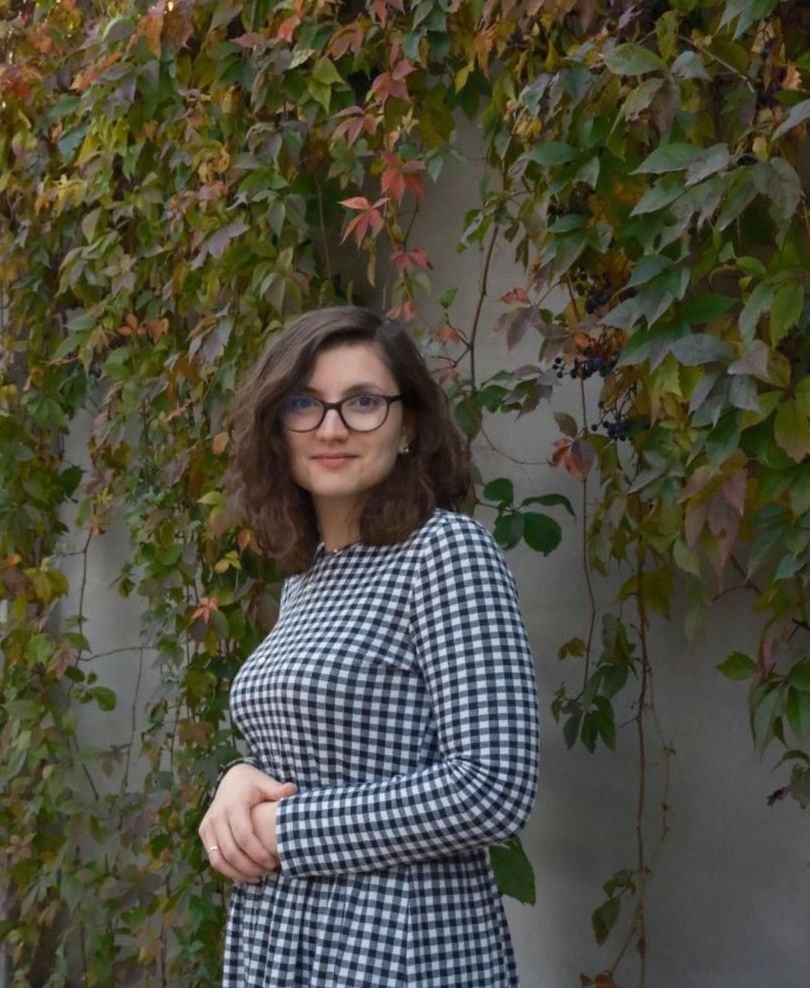
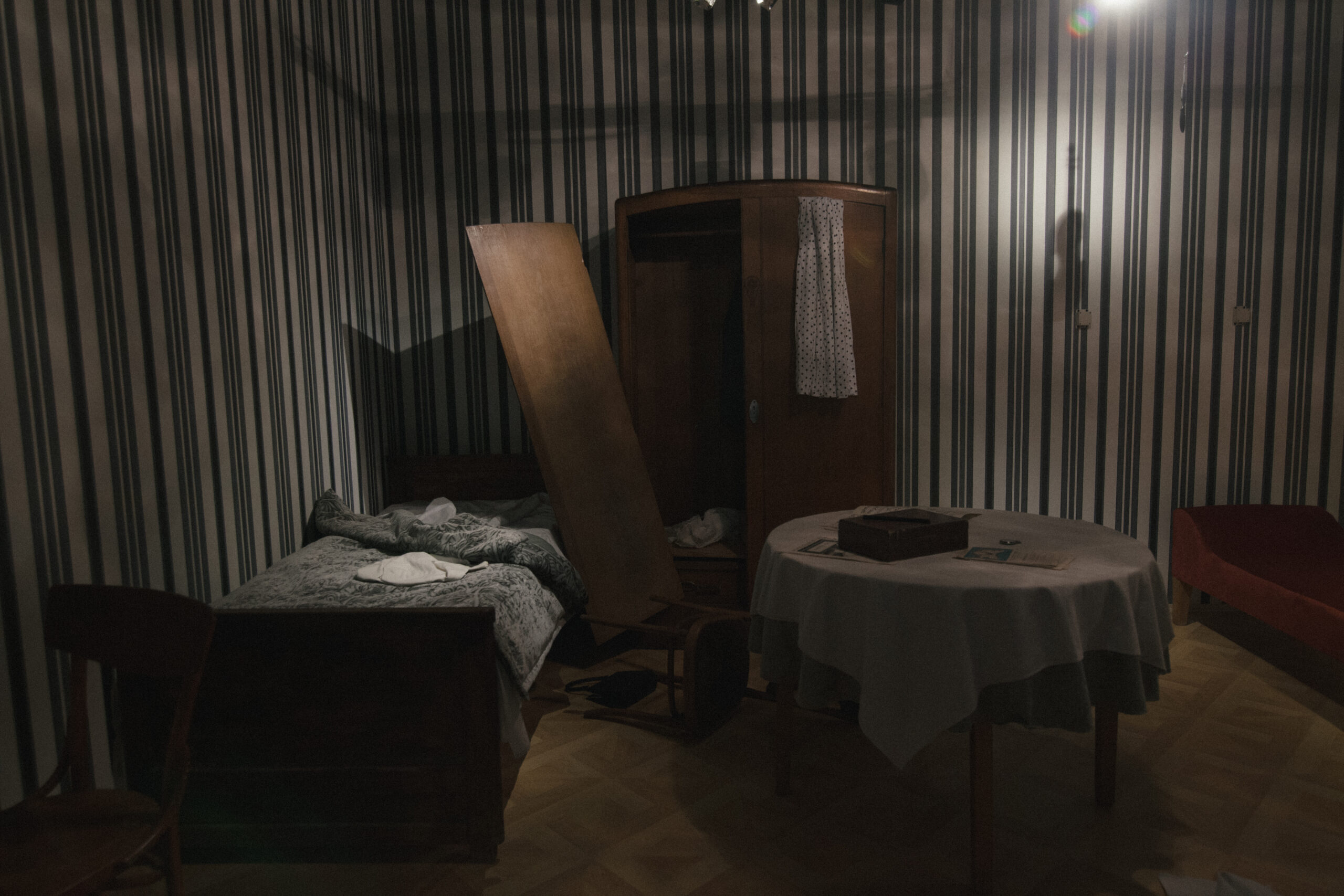
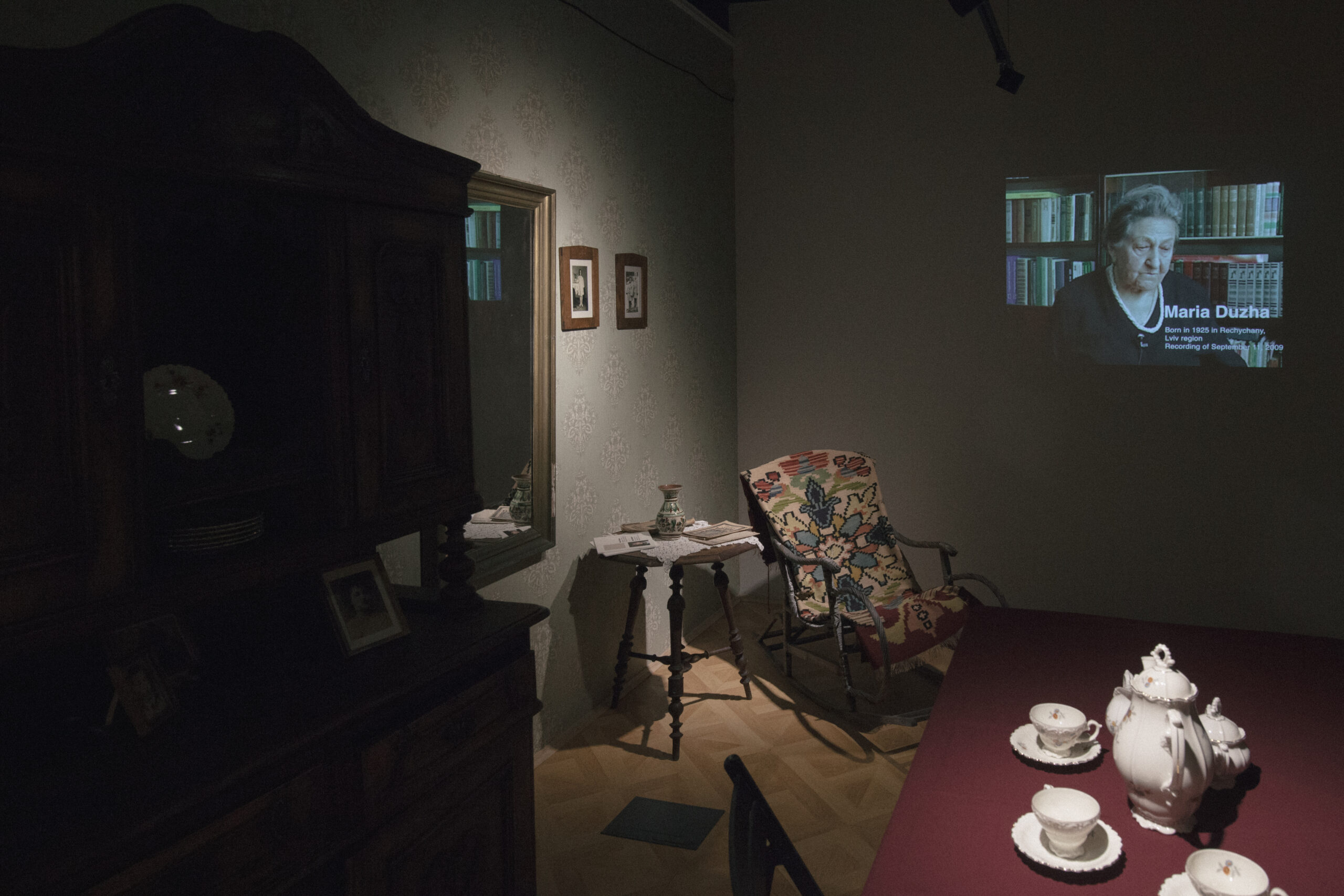
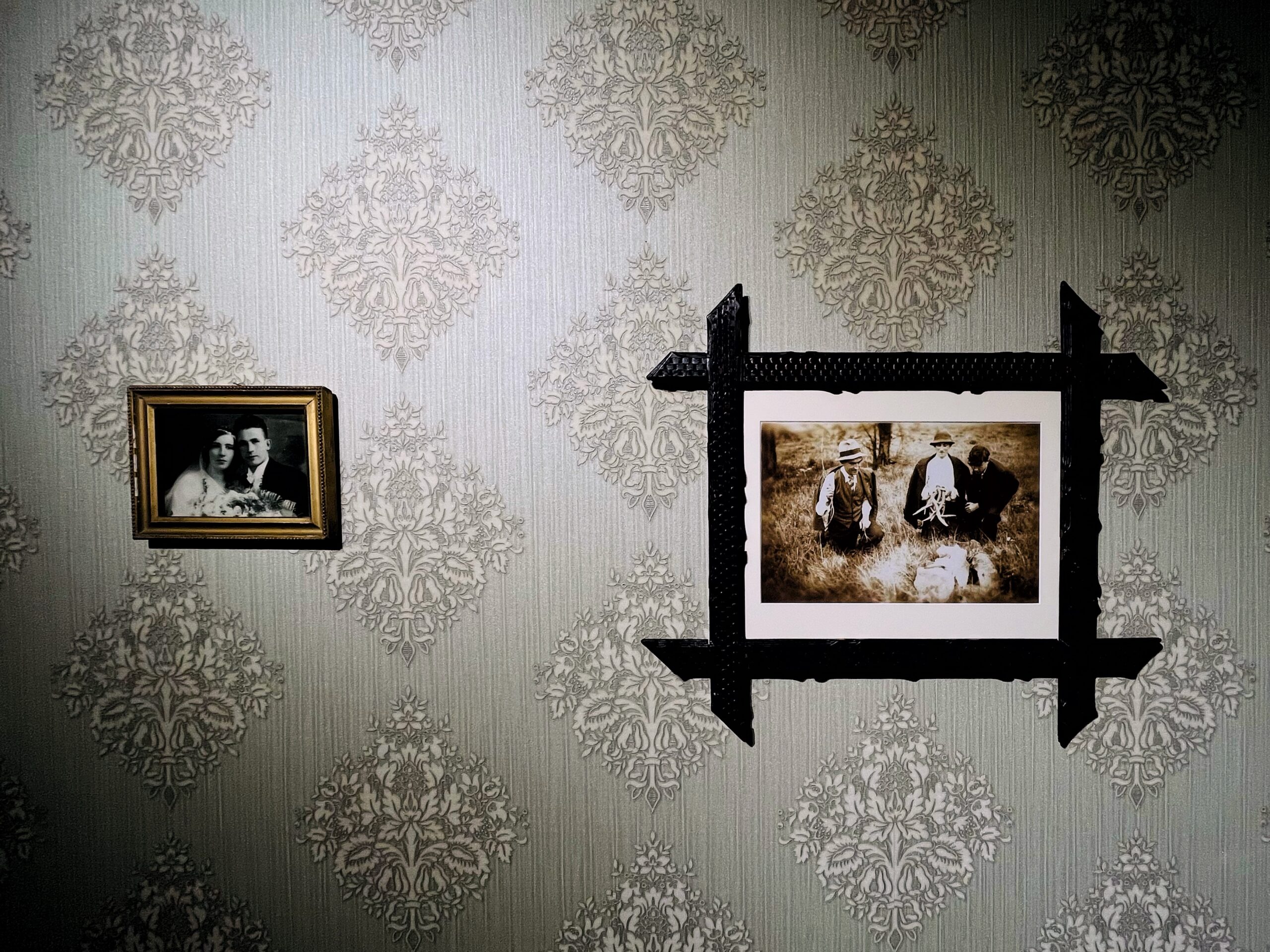
That’s the first problem. The second problem is related to the life expectancy of a prisoner. You know, not many people survived in such terrible conditions. And even if a person survived in a Nazi concentration camp and returned to the USSR, he/she often had another imprisonment waiting for him/her, in the Gulag, and the chances of survival were low.
So there is a whole spectrum of problems. And, as Olga said, there is also the issue of financial support, because there are many grants for research on Jewish history, but it is the Ukrainian component that needs to be supported more by our government institutions or we need to involve more scholars in broader issues to show the Ukrainian ‘presence’ in the death camps.
— One of the controversial themes in Holocaust research is human choice in the face of terror. And in the museum’s exhibition you also decided not to avoid this theme, including the stories of passive observers and collaborators. Why was it important for you to provide not only positive examples, but also to tell such stories?
Olha: We are used to history being black and white, there are good and bad stories — this is perhaps our Soviet propaganda legacy. But we wanted to show that the story of war and occupation is a choice without a choice. In particular, we see what is happening now in our occupied territories, or rather what we can see and what is available to us.
And when the question of survival arises, people make various terrible choices. And we wanted to show that one cannot and should not judge a person who finds him/herself in circumstances where one is forced to make such a black and white choice. It’s also about the fact that a person who has been in those circumstances and has to make those choices and a person who has never been in those circumstances and doesn’t have to make those choices are two different experiences.
It is also important for us to talk about the righteous among the nations. It is not very well known in the world how many Ukrainians have this status and how many Jews they saved. It is not emphasized, but there are many such stories.
Yuliia: In our exhibition we have materials about the difficult choices of a person. One of the stories is about Volodymyr Kaczmarskyi, who did help Jews, but was labeled a collaborator. But this, as Olha said, shows a choice without a choice.
Through such stories we can also counter the narrative, often supported by the russian Federation, that labels us as collaborators. And here we show the other side, not the black-and-white one that Soviet historiography was accustomed to.
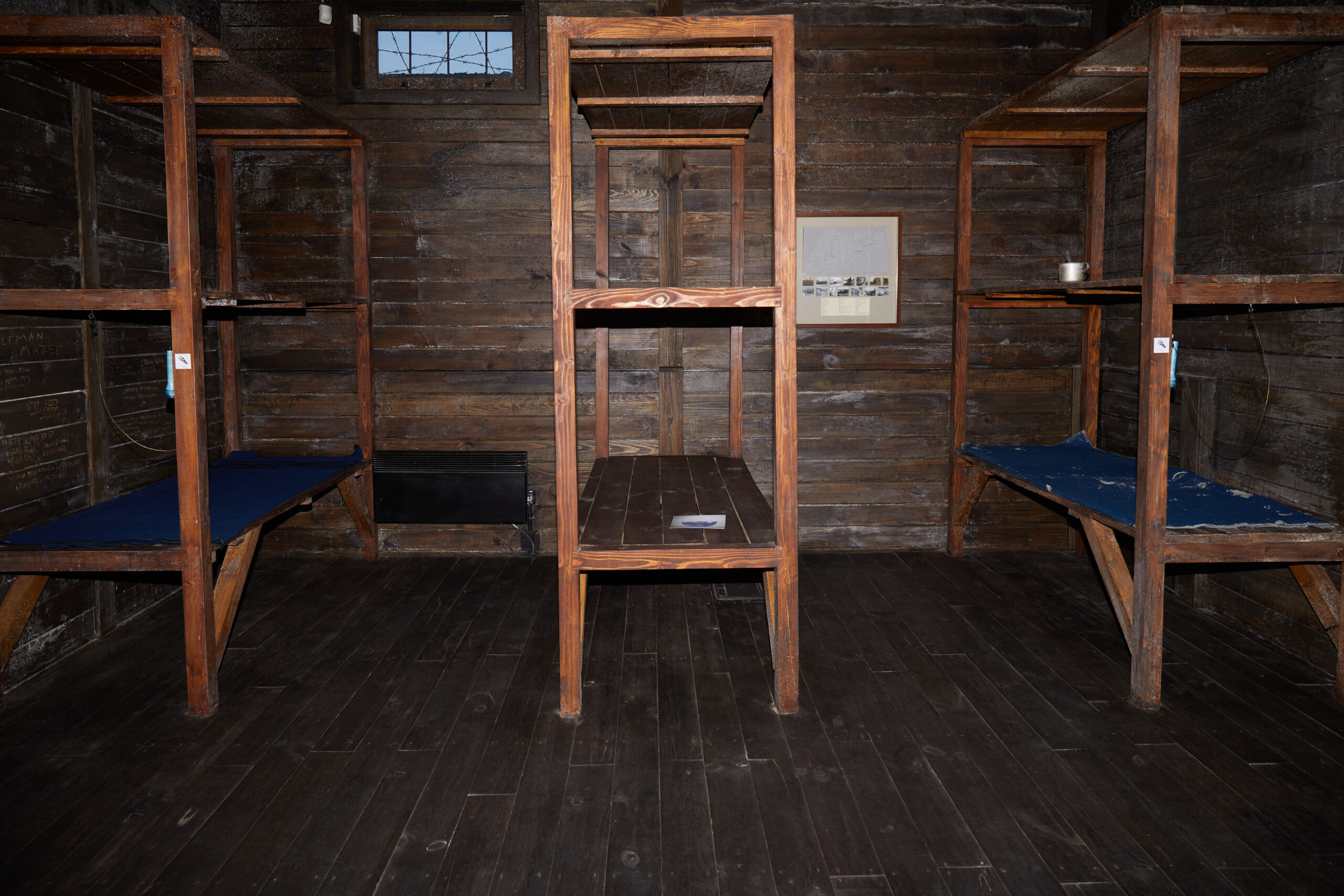
— According to your observations, how much do institutions specializing in the Holocaust spread myths about Ukrainians abroad? And how can we counteract this?
Olha: There are a lot of myths, and our neighbor, the terrorist state, has put a lot of effort into this and continues to do so. We see and feel it, especially at conferences abroad. We need to invest money in this confrontation: in research, in historians, in projects, in international diplomacy, in the presence of Ukraine abroad.
Because if we don’t, our stories will be told by someone else instead of us, which has actually been happening for years.
Now the situation is changing, because we had more opportunities to represent the voice and experience of Ukrainians and to tell about what really happened here.
At the state level, they speak of the humanitarian sphere, and now also of the cultural sphere, as part of national security. So, it is necessary that these should be not only words, but also concrete actions, programs and funds, and these cannot be only international means.
Ukraine should invest in its humanitarian field, as our enemy is doing. Russians are voting with rubles not only for their missiles. They vote with rubles for their terrible culture, which is spreading its claws very actively all over the world. And we have to do it too, because there is a terrible war going on at all levels. There are institutions and international media in which people are investing huge amounts of money to tell our story instead of us.
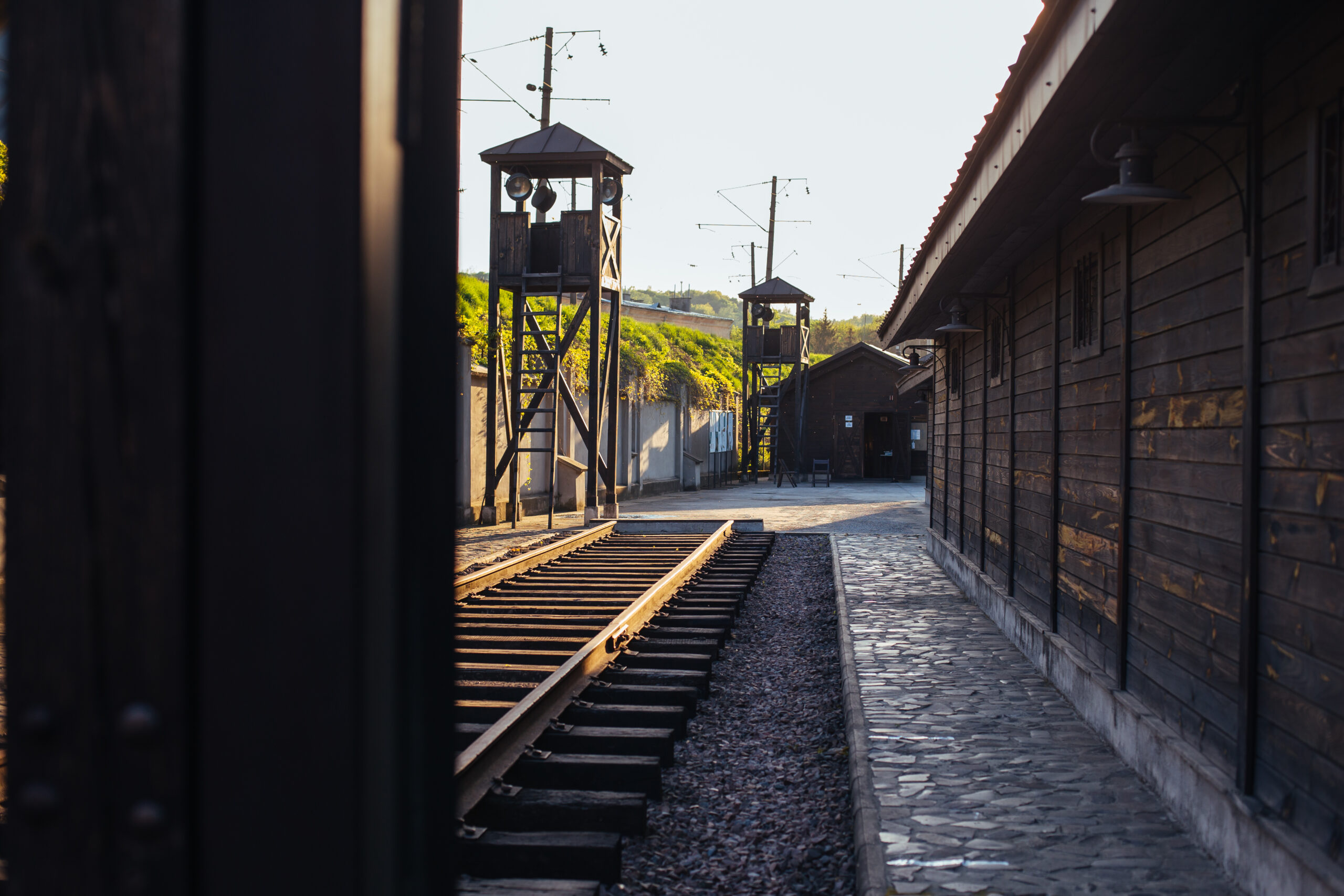
Yuliia: We have a number of institutes researching Ukrainian Holocaust history. These are the Tkuma Ukrainian Institute for Holocaust Studies, the Ukrainian Center for Holocaust Studies and others, but they need, as Olha said, financial support. If we want to be heard, it is equally important that the dissemination of English-language information has a great impact. Because if we publish information only in Ukrainian, there is very little chance that people abroad will hear our vision of history and see our Ukrainian context.
Support is important here, because russia, with its great influence, is investing in soft power in particular. We also need to support scientists and their research, not only to show the Ukrainian context, but also to fight the labels that have been put on us. Now, with the war, our financial capacity is far inferior to russia’s. But in small steps, we have to counter russian propaganda.
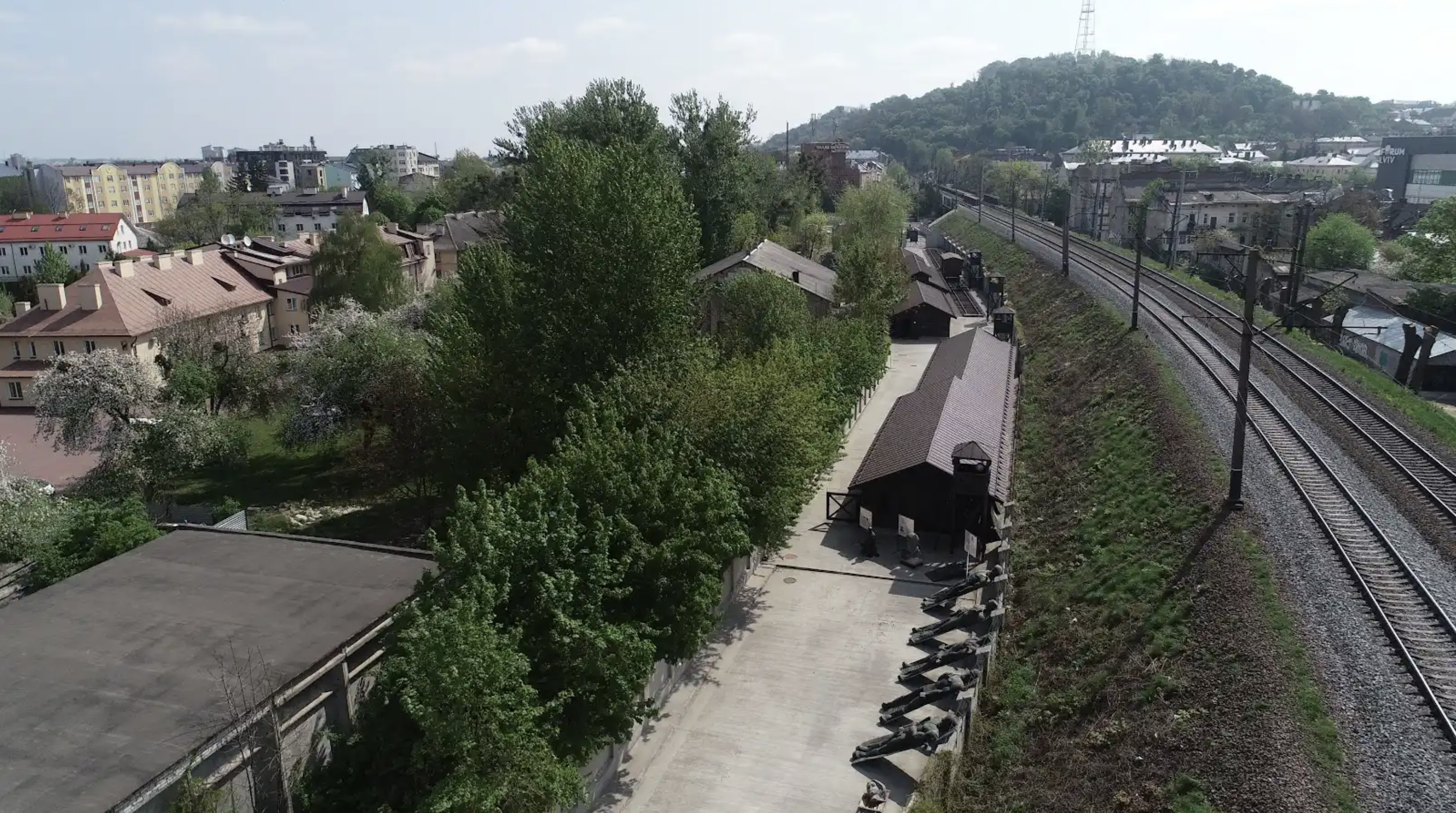
‘IT’S IMPORTANT FOR US TO SHOW THE INTERCONNECTEDNESS OF EVIL’
— Shack No. 2 displays the names of people who were killed in Olenivka and an exhibition of photographs about the daily life of female defenders at the front by VETERANKA. Why did you decide to weave a modern context into the exhibition?
Olha: Since 2017, when I became the director of the museum, we have been involved in various topical issues, such as actions in support of political prisoners of the Kremlin. The museum hosted a reading of a play based on the documentary materials of the Oleh Sentsov case, which was organized by four Lviv theaters as a sign of solidarity. We wrote letters to political prisoners of the Kremlin, our historians spoke about the conditions of detention in the USSR and that they have not changed in modern russia.
Totalitarian regimes change, but conditions of detention, methods of torture and extermination of people remain the same.
It is important for us not to be aloof from these topics and what is happening in our country, it is important to show this interconnectedness of evil, this tangle that is unraveling and cannot be stopped.
We also organized a memorial exhibition dedicated to Amina Okuieva, who was killed by russian agents.
Our museum shows the background of what is happening in Ukraine, and with the beginning of the full-scale invasion we are even more involved. The event about Olenivka was directed by the First Theater, we provided it with a location because we, as museum workers, do not have such tools and skills as artists and theaters to make an event not only about memory, trauma and history, but also about the shared experience of grief.
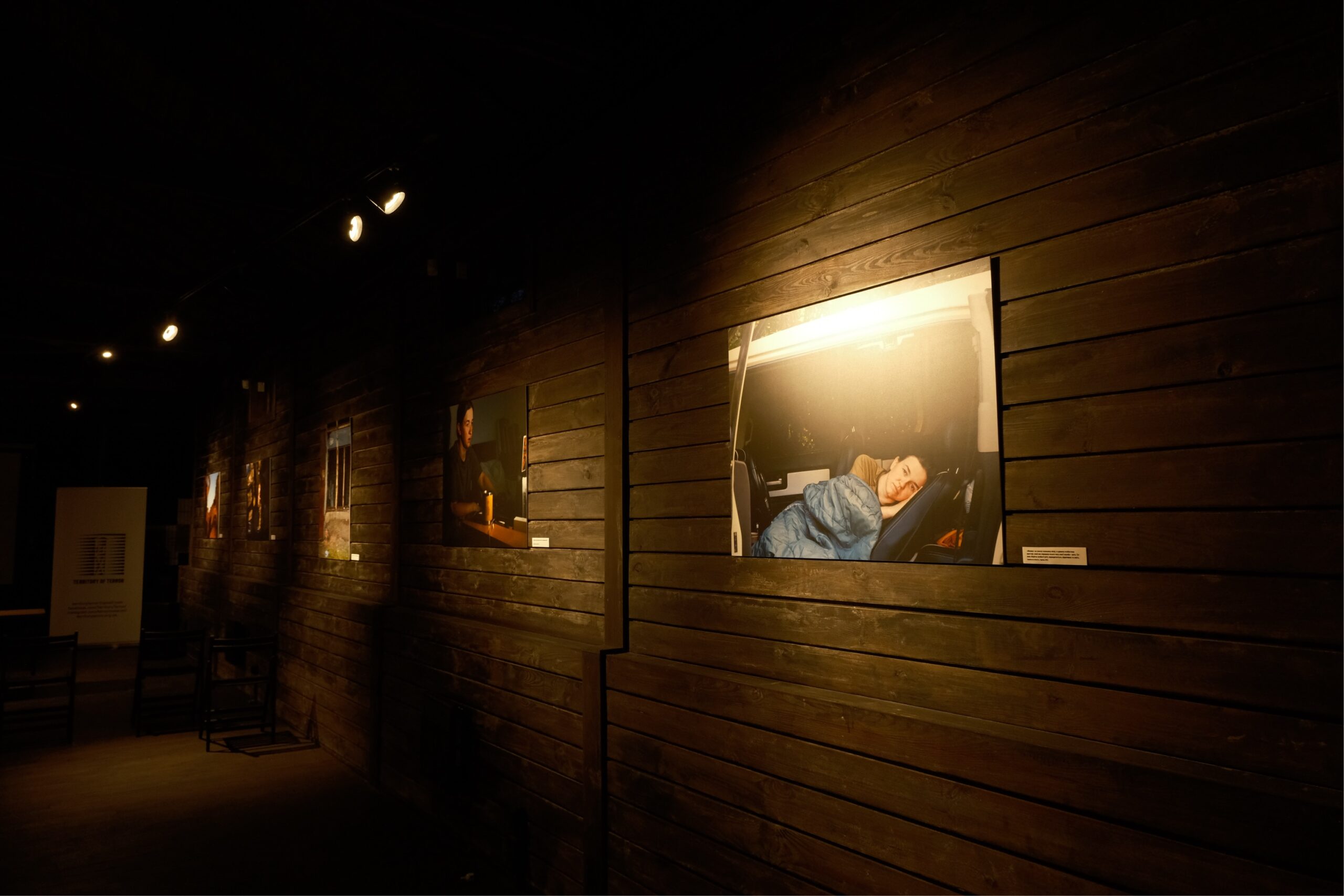
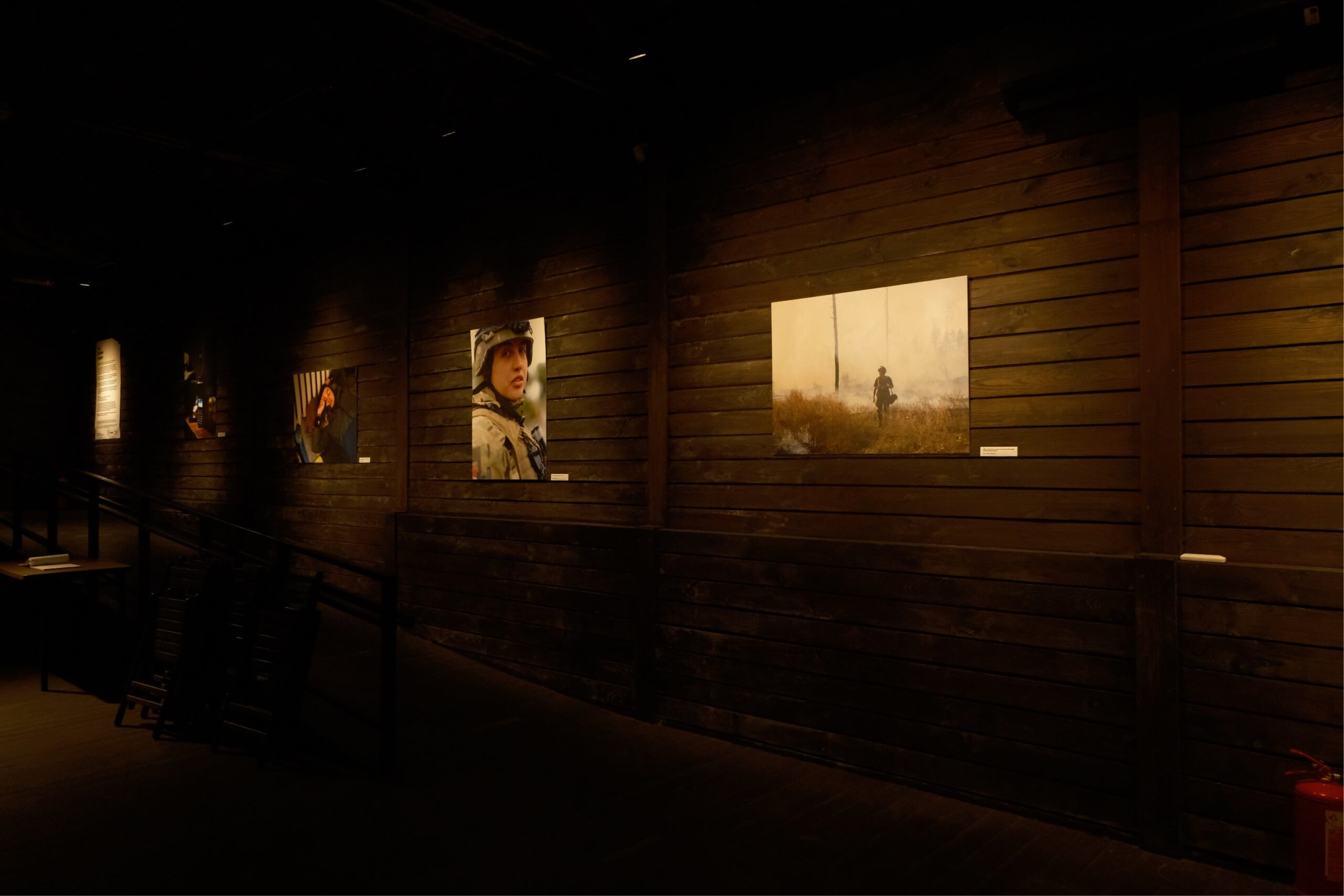
After the event, it was very hard emotionally, but everyone had the feeling that we are not alone in this grief and that the struggle continues. Now all cultural institutions have an additional mission — to be places of therapy. Of course, we cannot replace therapy completely, because it is a separate industry where professionals with specialized knowledge must work.
But we, of course, continue onward. Last year we organized another important event in memory of Maksym Kryvtsov, a Ukrainian poet and serviceman who was killed by russia in the war. The community of the women’s veteran movement VETERANKA, Maksym’s family and friends, and the foundation named after him took part in the event.
So it is logical and important for us to have a finger on the pulse, because cooperation with different environments and communities is one of our key missions. The museum has to be relevant and people have to come back here. We want people to know that there will be an interesting event every year on January 27 for the International Holocaust Remembrance Day, that there will be an event on the International Museum Day, on May 18, as well as on the Day of Remembrance of the Victims of the Crimean Tatar Genocide. And that there will be cooperation with the community, that you can come and discover something new.
In 2022, the International Council of Museums gave a new definition of ‘museum’ and now it includes the words ‘inclusiveness’ and ‘accessibility’, among others. And this is also a new challenge for all cultural institutions, because not all of us are inclusive and accessible, especially under the new requirements and challenges we have, because we are the most prosthetic country in the world.
As a museum, we record and preserve history, but we cannot ignore what is happening around us. It is important for us that people who come to us a hundred years from now understand what we document and what we do, what times we lived in, what choices we made and why. And, of course, we want people to realize that it is better to learn from our mistakes and save a lot of time than to make their own mistakes.
